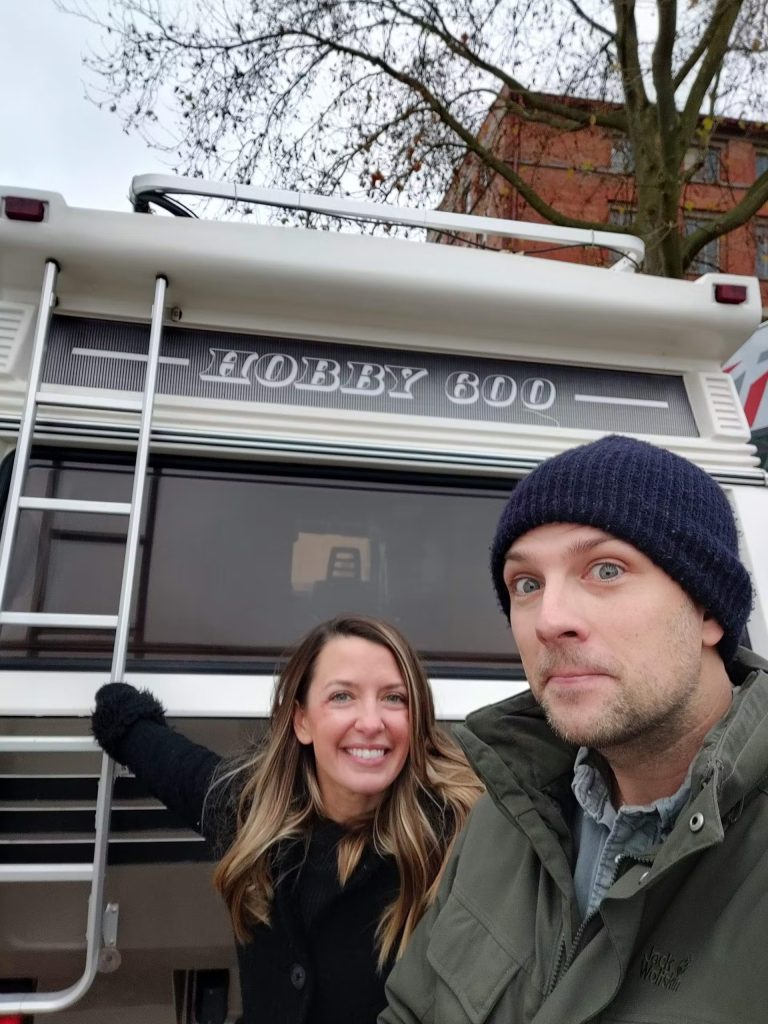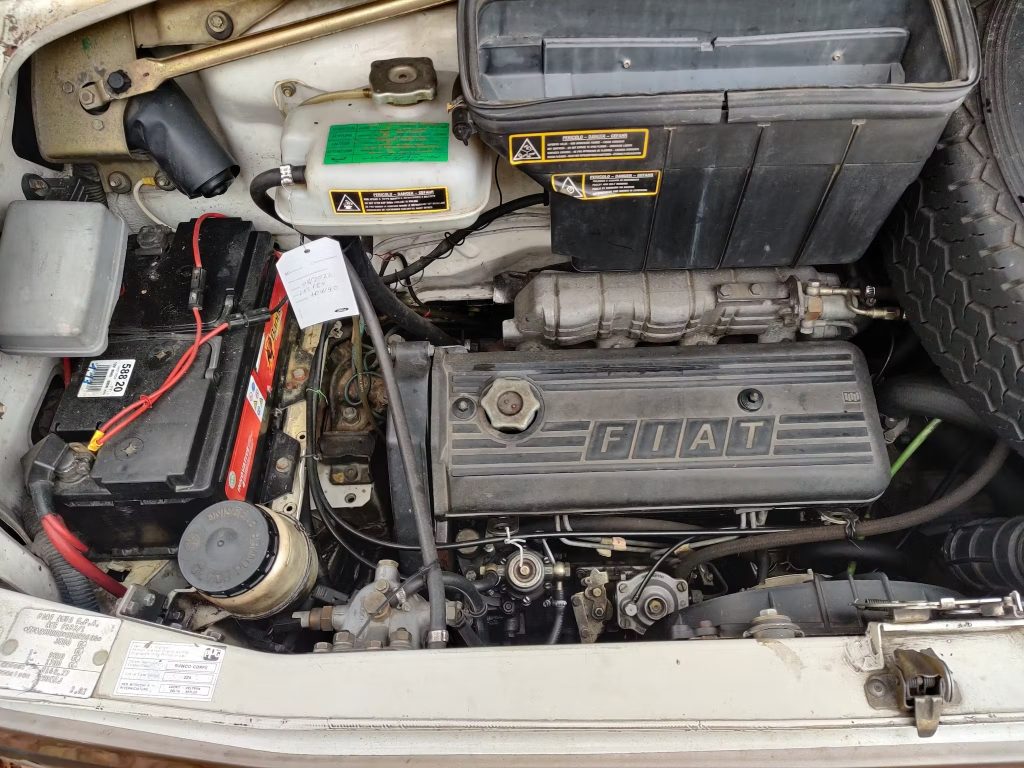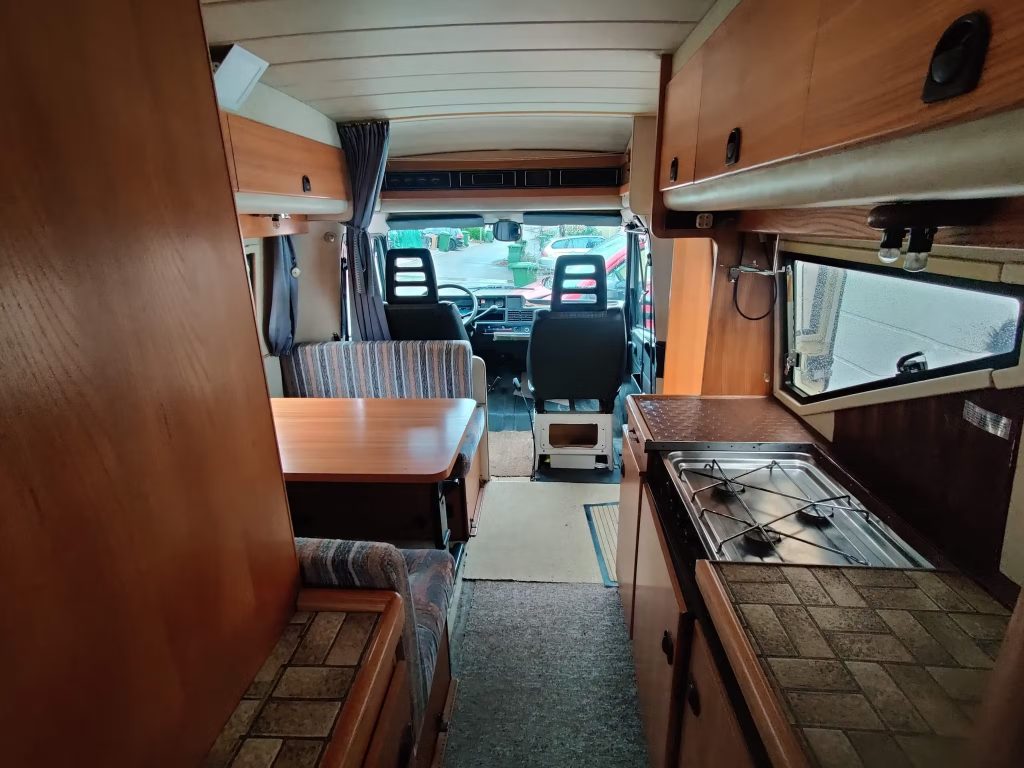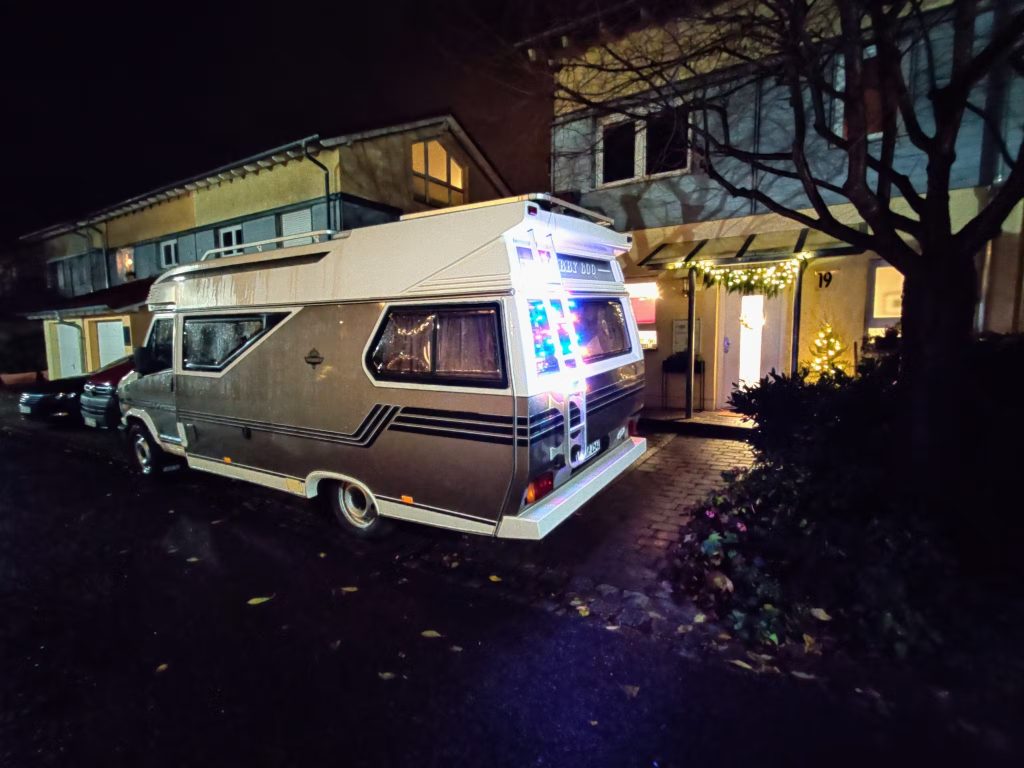This story was first published by Hagerty US. Matthew Anderson is an American engineer who relocated to Germany a few years ago for work. In his spare time, with reckless abandon, he pursues a baffling obsession with unexceptional Eastern Bloc cars.
Has it been nearly three years in Germany already? I can speak Deutsch now (see?) and all of the melanin has abandoned my skin, so I guess it has. Jumping on the millennial bandwagon of changing careers, I figured a new job might be a good idea. Why not upend everything, all at once, just like last time? And so my European adventure comes to a close. Soon, the good ol’ US of A will be home again. I’m headed back to my deliciously smoky and vinegar-soaked home state: North Carolina.

I’m sure you’re wondering how I’ll be packing my ragtag collection of vehicles and parts into shippable containers. What of my Moskvich? My Lada? My other Lada? What comes and what goes? More on that later.
Step 1: Turn off all classified search notifications to eliminate the temptation of buying anything else.
Unfortunately, I am not a horse, and no such blinders were available to protect me from myself a few months prior. I recalled that, during one of my neighbourhood walks, I was traipsing over a railroad bridge when a futuristic 1980s form appeared below. Sporting original DIN plates indicating original ownership, a beautiful 1993 Hobby 600 motorhome sat newly available at the local car lot as a recent trade-in. What was I supposed to do, not look?
My obscure car senses were tingling. Ideas were hatching, and my wife was even interested! The price, however, was simply too high.
Of course, that was then!
With the new circumstances of the imminent relocation, I hatched a mighty scheme to marry my fate to that of a Wohnmobil, aka camper van. With all of the inevitable shipping delays, chaos at the ports, and inflated shipping costs, might it make sense to pack all of our household goods into a shipping container and send it back to America a few months before we actually leave? While everything is in limbo, couldn’t we sleep in an RV for a few months and explore Europe? Wouldn’t it also be financially prudent to not pay rent in that time? Maybe? A stew of contemplation was abubble between my ears.
Once the brain simmer settled, I imagine a situation as follows:
Step 1: Buy Wohnmobil, err, camper van
Step 2: Secure future address
Step 3: Stuff almost all personal belongings into shipping container
Step 4: Move into camper
Step 5: Travel while waiting for container shipment and inevitable delays
Step 6: Sell or Export camper and expatriate
Step 7: Profit
That last one was ambitious, I admit. As I considered our path ahead, the Hobby sat on the lot. Taunting me.

Let’s discuss the Hobby 600 motorhome for a moment. It is built on the basis of the first-generation Fiat Ducato commercial van, made between 1981 and 1993. That alone may not sound appealing, but feast your eyes on those windows and swallow tail – it looks like a yacht! The Ducato has something of a reputation for turning commercial vehicle architecture on its head. Thanks to its direct-injection, industrial-strength 2.5-litre Iveco turbodiesel and a five-speed front-wheel-drive transaxle – a groundbreaking combination at the time – the Ducato + Hobby combo could reach more than 80 miles per hour and return 25+ mpg. The unit construction (with all the drive components up front) opened up previously unimaginable creativity in the world of low-slung camper construction.
The design freedom of the platform attracted crazy camper people with crazy ideas, like Harald Striewski, a professional shipbuilder who built campers as a side hobby (see what I did there?). His wife, Ingeborg, handled the drapes and upholstery, and rest of the edgy design was from Harald’s imagination. The Hobby 600 was a wild and avant-garde experiment in a sea of off-white, textured aluminium shoeboxes attached to truck frames.

Decades later, this innovative camper van can evidently still inspire pipe dreamers and adventurers. In the couple of months I was mulling things over, the asking price of the Hobby had fallen from ridiculous to just slightly out of reach. It was a pair of shoes I could almost afford to try on.
After scheduling a visit (yes, you have to do that in Germany) I went to meet the salesperson, just before dusk, armed with a headlamp, multimeter, tool kit, and checklist from the Wohnmobil ist Kult Hobby 600 website. As early cold season darkness was falling, the car lot and I seemed to be together anticipating the conclusion of the investigation. Though the important parts were in good shape and the documentation from the previous owner no less than obsessive, the poor Hobby had been heavily tinkered with and had been crashed into a lot of campground infrastructure. I slid a copy of the to-fix list across the table, along with a number.
“For that, I’ll stop asking questions and take it home,” I said. We ended up another 500 Euros from there.
Suddenly, my wife and I were first-time European (motor)homeowners. With the exception of the Ferrari 308 I owned for two weeks (a story for another time), the Hobby is the most I’ve ever spent on a single vehicle – 9000 Euros, which these days is a little under $9000. [Just under £8000. Ed]

Deep breath. Lots of work to do, bargain aside. The “Womo” had been simplified by its prior owner(s) for camping at sites with services. As things in the motorhome broke that happened to be redundant to the plumbing, dish cleanup, or refrigeration usually offered at European campsites, they were removed. That process of gradual simplification, that occurred over decades it seems, left us with no fresh water or sewer system, only simplified electrics, and a heating system that was about as effective as dog breath.
It didn’t matter; the base was so solid that it meant we could customise it for the camping we planned to do. And, we were safe as far as the most heavily weighted check box when buying a Fiat – no apparent rust!
Alright, so we owned a 29-year-old retrofuturistic spacevan… but where could we park it? By the grace of a magnificent holy power, the 6.18-metre-long (20.2 feet) camper managed to fit in front of our house. Behold, below, a monument to the wandering spirit of the 1980s European vacation, man-spreading laterally across the entire drive with just enough room to sneak a bike out of my front door and past the rear bumper. With the driver’s side mirror folded in, the trash truck could pass neatly by. My Porsche-owning neighbours were, ahem, bewildered.

They needn’t worry long. We’d soon be on our way.
Check out the Hagerty Media homepage for daily news, features, interviews and buying guides, or better still, bookmark it.









